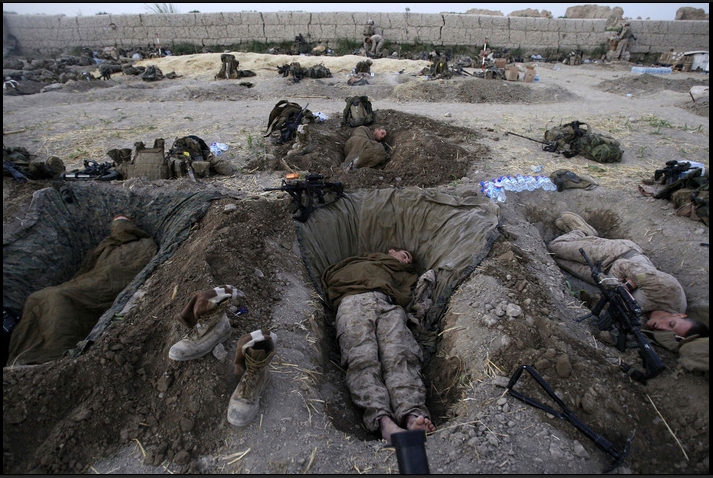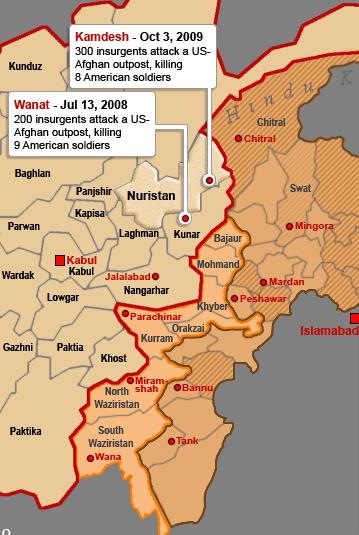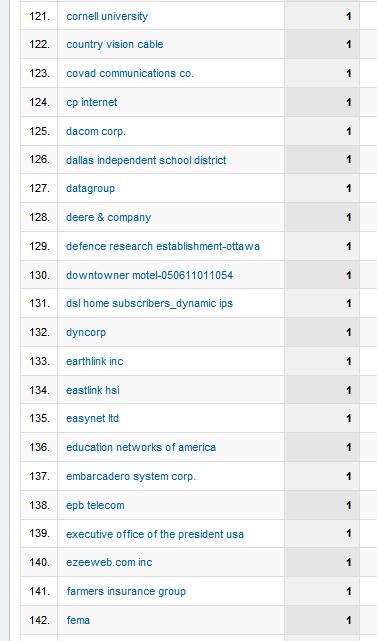Despite major bombings that have rattled the nation, and fears of rising violence as American troops withdraw, Iraq’s security forces have been relying on a device to detect bombs and weapons that the United States military and technical experts say is useless.
The small hand-held wand, with a telescopic antenna on a swivel, is being used at hundreds of checkpoints in Iraq. But the device works “on the same principle as a Ouija board” — the power of suggestion — said a retired United States Air Force officer, Lt. Col. Hal Bidlack, who described the wand as nothing more than an explosives divining rod.
Still, the Iraqi government has purchased more than 1,500 of the devices, known as the ADE 651, at costs from $16,500 to $60,000 each. Nearly every police checkpoint, and many Iraqi military checkpoints, have one of the devices, which are now normally used in place of physical inspections of vehicles …
… recent bombings of government buildings here have underscored how precarious Iraq remains, especially with the coming parliamentary elections and the violence expected to accompany them.
The suicide bombers who managed to get two tons of explosives into downtown Baghdad on Oct. 25, killing 155 people and destroying three ministries, had to pass at least one checkpoint where the ADE 651 is typically deployed, judging from surveillance videos released by Baghdad’s provincial governor. The American military does not use the devices. “I don’t believe there’s a magic wand that can detect explosives,” said Maj. Gen. Richard J. Rowe Jr., who oversees Iraqi police training for the American military. “If there was, we would all be using it. I have no confidence that these work.”
The Iraqis, however, believe passionately in them. “Whether it’s magic or scientific, what I care about is it detects bombs,” said Maj. Gen. Jehad al-Jabiri, head of the Ministry of the Interior’s General Directorate for Combating Explosives.
Dale Murray, head of the National Explosive Engineering Sciences Security Center at Sandia Labs, which does testing for the Department of Defense, said the center had “tested several devices in this category, and none have ever performed better than random chance.”
The Justice Department has warned against buying a variety of products that claim to detect explosives at a distance with a portable device. Normal remote explosives detection machinery, often employed in airports, weighs tons and costs hundreds of thousands of dollars. The ADE 651’s clients are mostly in developing countries; no major country’s military or police force is a customer, according to the manufacturer.
“I don’t care about Sandia or the Department of Justice or any of them,” General Jabiri said. “I know more about this issue than the Americans do. In fact, I know more about bombs than anyone in the world.”
Aqeel al-Turaihi, the inspector general for the Ministry of the Interior, reported that the ministry bought 800 of the devices from a company called ATSC (UK) Ltd. for $32 million in 2008, and an unspecified larger quantity for $53 million. Mr. Turaihi said Iraqi officials paid up to $60,000 apiece, when the wands could be purchased for as little as $18,500. He said he had begun an investigation into the no-bid contracts with ATSC.
Jim McCormick, the head of ATSC, based in London, did not return calls for comment.
The Baghdad Operations Command announced Tuesday that it had purchased an additional 100 detection devices, but General Rowe said five to eight bomb-sniffing dogs could be purchased for $60,000, with provable results.
Checking cars with dogs, however, is a slow process, whereas the wands take only a few seconds per vehicle. “Can you imagine dogs at all 400 checkpoints in Baghdad?” General Jabiri said. “The city would be a zoo.”
Speed is not the only issue. Colonel Bidlack said, “When they say they are selling you something that will save your son or daughter on a patrol, they’ve crossed an insupportable line into moral depravity.”
Last year, the James Randi Educational Foundation, an organization seeking to debunk claims of the paranormal, publicly offered ATSC $1 million if it could pass a scientific test proving that the device could detect explosives. Mr. Randi said no one from the company had taken up the offer.
ATSC’s promotional material claims that its device can find guns, ammunition, drugs, truffles, human bodies and even contraband ivory at distances up to a kilometer, underground, through walls, underwater or even from airplanes three miles high. The device works on “electrostatic magnetic ion attraction,” ATSC says.
To detect materials, the operator puts an array of plastic-coated cardboard cards with bar codes into a holder connected to the wand by a cable. “It would be laughable,” Colonel Bidlack said, “except someone down the street from you is counting on this to keep bombs off the streets.”
Proponents of the wand often argue that errors stem from the human operator, who they say must be rested, with a steady pulse and body temperature, before using the device.
Then the operator must walk in place a few moments to “charge” the device, since it has no battery or other power source, and walk with the wand at right angles to the body. If there are explosives or drugs to the operator’s left, the wand is supposed to swivel to the operator’s left and point at them.
If, as often happens, no explosives or weapons are found, the police may blame a false positive on other things found in the car, like perfume, air fresheners or gold fillings in the driver’s teeth.
On Tuesday, a guard and a driver for The New York Times, both licensed to carry firearms, drove through nine police checkpoints that were using the device. None of the checkpoint guards detected the two AK-47 rifles and ammunition inside the vehicle.
During an interview on Tuesday, General Jabiri challenged a Times reporter to test the ADE 651, placing a grenade and a machine pistol in plain view in his office. Despite two attempts, the wand did not detect the weapons when used by the reporter but did so each time it was used by a policeman.
“You need more training,” the general said.






